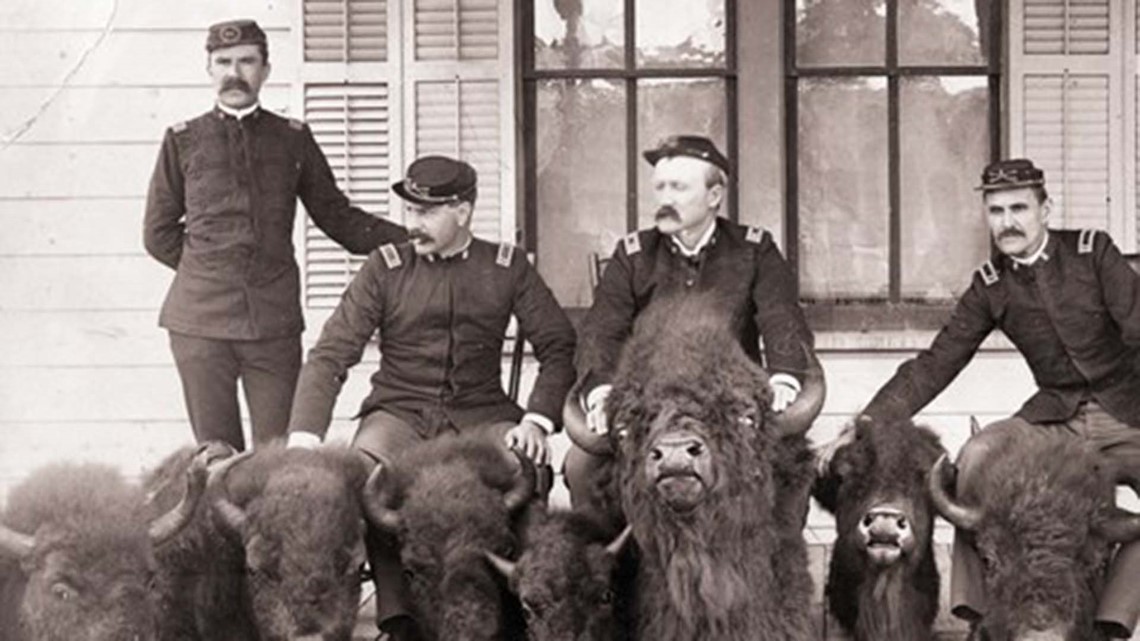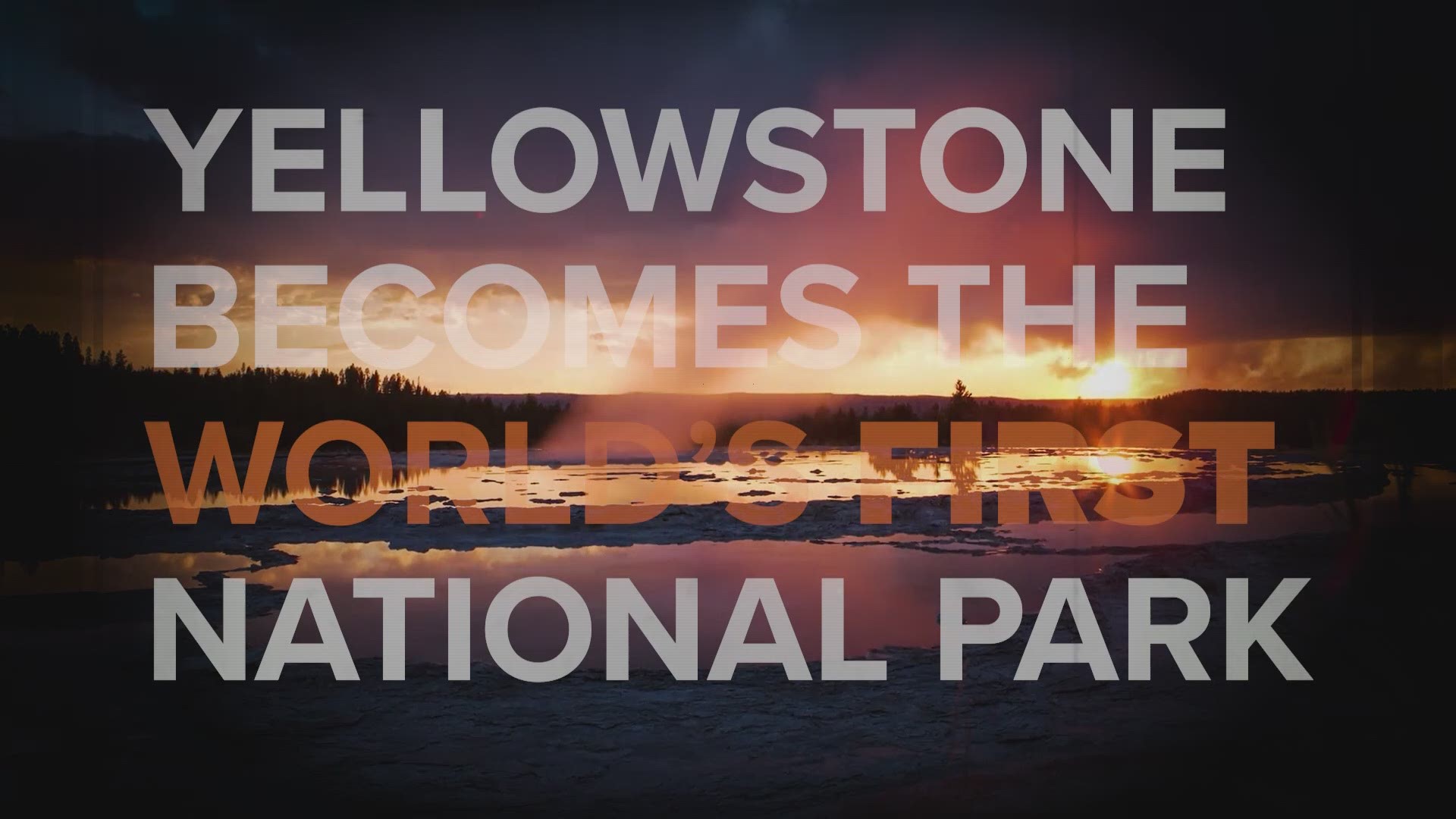More than four million people every year visit America's oldest national park. You know it for the geyser known as Old Faithful and its abundance of wildlife. But here are five things you may not know about Yellowstone National Park.
First national park
Yellowstone was the first-ever national park in the United States. President Ulysses S. Grant signed the Yellowstone National Park Protection Act on March 1, 1872.
There is a misconception, according to the National Park Service, that Hot Springs in Arkansas was the first national park, established in 1832. But it was actually the first national reservation. Congress made it into a National Park in 1921.

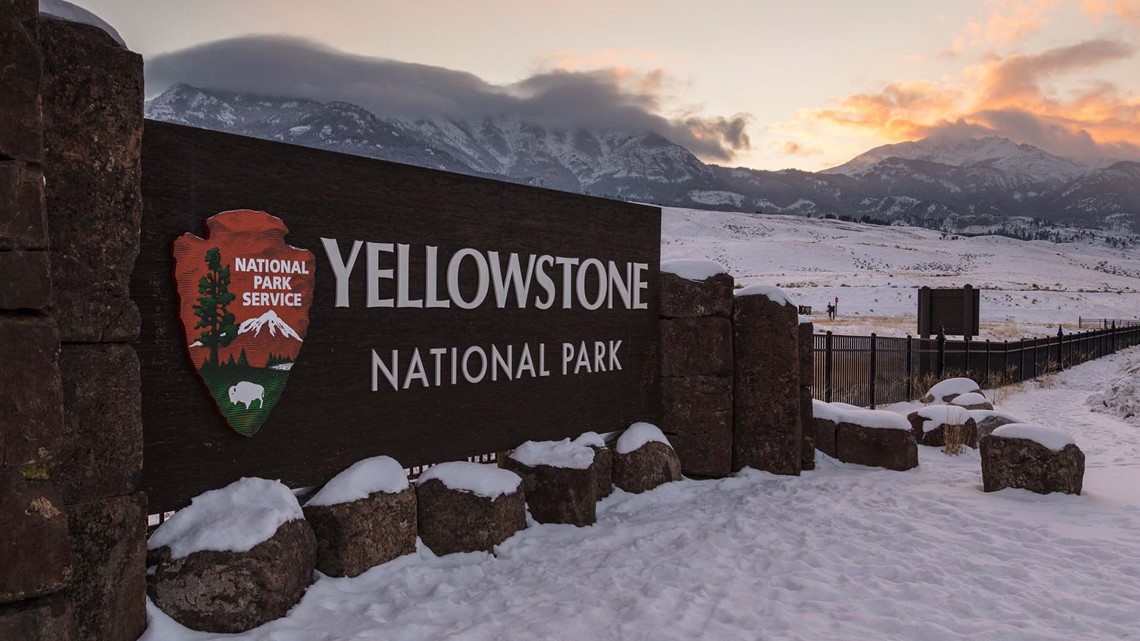
11,000 years of humans
Humans settled in Yellowstone 11,000 years ago. A Clovis point (an ancient projectile tip) from that period was found at what is now known as Obsidian Cliff. It was, appropriately, made of obsidian. According to the park service, "Obsidian is found in volcanic areas where the magma is rich in silica and lava has cooled without forming crystals, creating a black glass that can be honed to an exceptionally thin edge."

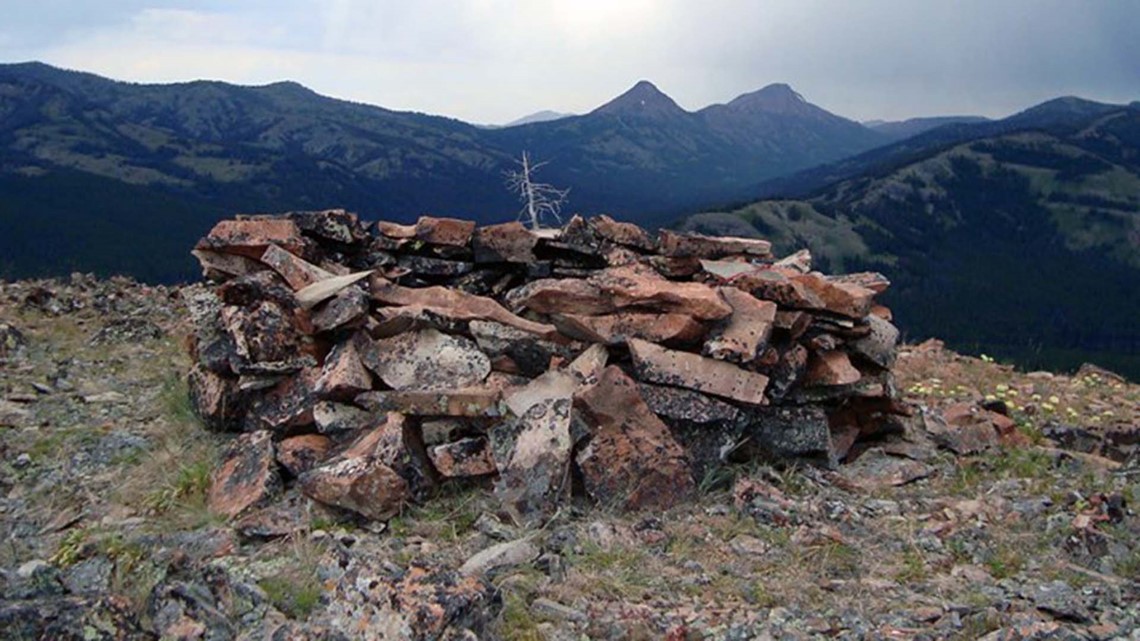
The Tukudika
The first inhabitants were the Tukudika, aka "Sheep Eaters." The park service says the Tukudika followed the migrations of bighorn sheep, hence the tribe's name. The sheep became a key part of their diet and their carcasses were used to make tools such as bows and clothing. Today, 26 tribes have historic ties to the area.

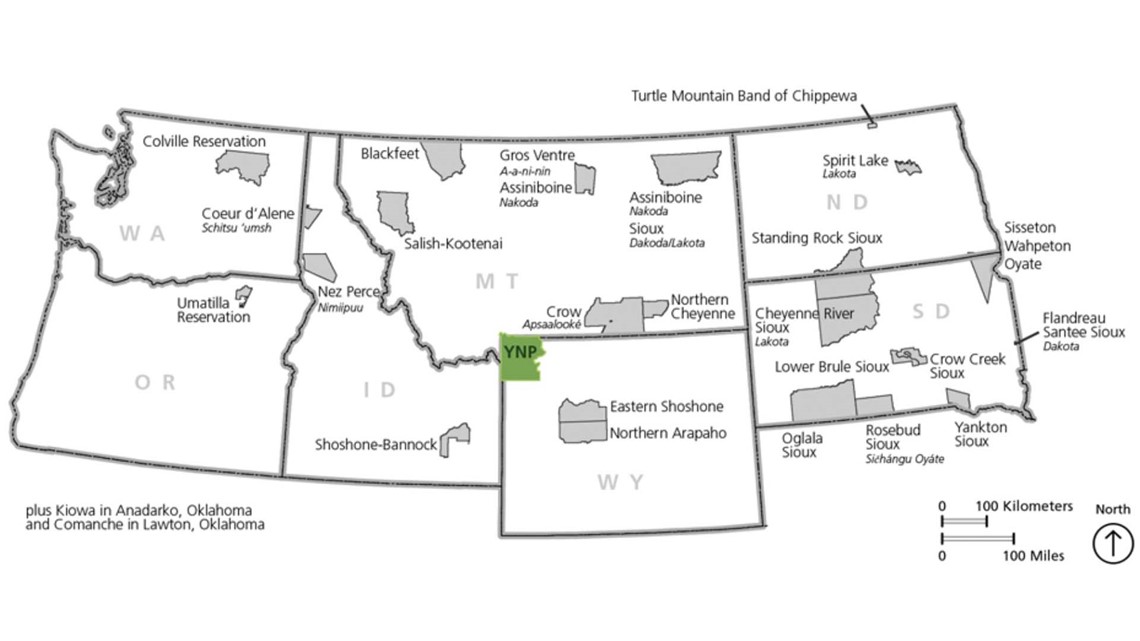
Hundreds of species to see
The abundance of wildlife is astounding. Yellowstone is home to 67 species of mammals, nearly 300 species of birds, 16 species of fish, five species of amphibians and six species of reptiles, according to the park service.
The largest concentration of mammals in the lower 48 states lives in Yellowstone. That includes seven native species of hoofed mammals (elk, mule deer, bison, moose, bighorn sheep, pronghorn, and white-tailed deer) and two bear species (grizzly and black).

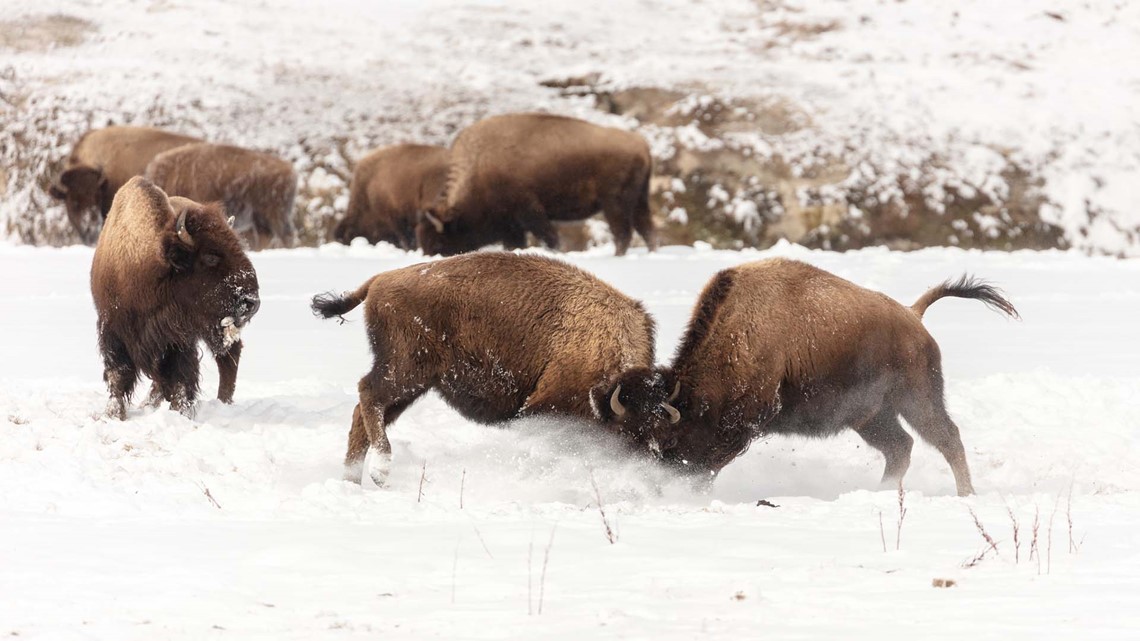
U.S. Army: Park rangers
After poor management, Congress in 1886 refused to appropriate money for administration of the park. But, they did allow the U.S. Army to take charge.
While soldiers weren't able to quench visitors' thirst for knowledge, they did patrol and protect the land and attractions. The park service says the biggest problem was poachers. One man named Ed Howell was arrested for slaughtering bison, but the most the Army was allowed to do was banish him from the park. That led to massive outrage and, ultimately, the passage of the National Park Protection Act which handed the Army more authority.
The Army's role lasted 30 years until the passage of the National Park Service Organic Act, which gave us the first park rangers responsible for overseeing the park.

